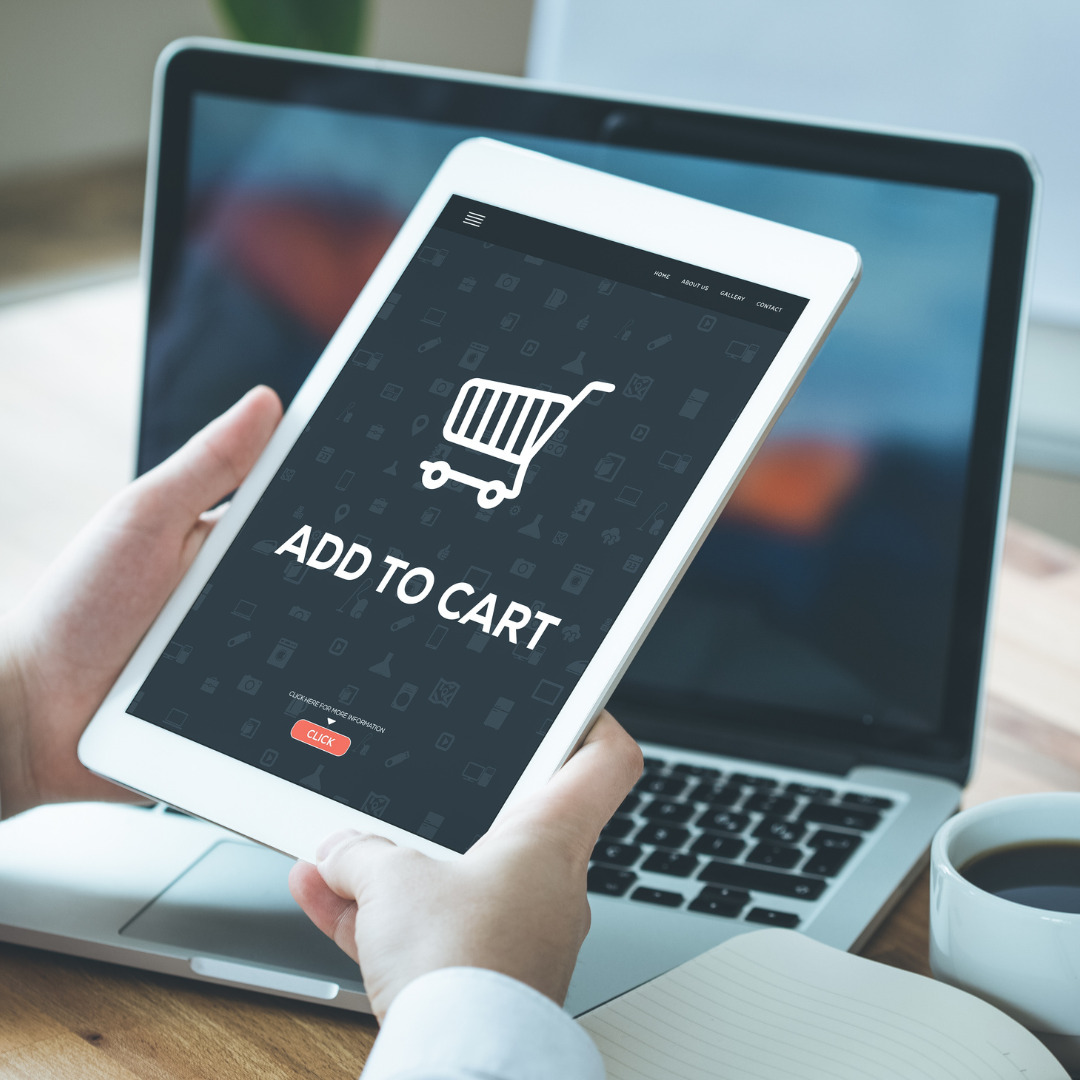categories
And I'm the person many entrepreneurs go to for Pinterest Marketing questions.
So if you've ever been stuck trying to figure out how to use Pinterest for your business, I've got the answers. Browse through my blog posts or subscribe to my YouTube channel to get the inspiration you need to rock Pinterest. And when you're ready, go grab my FREE SEO training- that's the most important Pinterest skill you can learn for success.
I'm Sarah
Learn Pinterest SEO in 20 Minutes
freebie
Join The Newsletter
Can you drive traffic from Pinterest just by connecting your e-commerce catalog?

August 2, 2022
Share the Knowledge!
If you’re an e-commerce business, you might have heard Pinterest is the new e-comm marketing platform. If not, it’s safe to say Pinterest is making room beside the bloggers and content creators for e-commerce businesses, notably by adding a “shop” feature. There are now integrated ways to connect your product catalog from Shopify, Woo-commerce, and other platforms to Pinterest and your catalog will automatically be published to your Pinterest profile as product pins. And the best part, in most cases, it will auto refresh the inventory data every 24 hours, populate product pins out of your images, and pull in your product’s SEO so Pinners can find them.
Is it a strong enough strategy to create a Pinterest shop, let it auto refresh each day, and see traffic come in from that?
I mean, Pinterest wants you to pin daily, or at least consistently. Logging on to the account often also helps put you in favor of the algorithm gods, so the refresh over 24 hours should suffice all that, right?

Wrong- but don’t run off yet. Let me explain how you can make it work. While that might be the drop-shipper’s dream situation, a Pinterest strategy does take more effort than just connecting a catalog. I actually tried this on multiple accounts and watched the outcome. I only connected the account to their shop, and checked in every other day for a few weeks to see how things were going.
The result? Impressions and traffic boomed after becoming a Verified Merchant on Pinterest (which is basically like having that Prime badge on Amazon). But this is common for Pinterest in the first month- it’s like the algorithm gives you a pat on the back the first month to encourage you to keep pinning. But after that, traffic starts to go back down, and in my experience it will stay down if you don’t implement a pinning strategy outside of product pins.
Here’s what I’d suggest doing:
We know from tracking data on multiple accounts, standard pins historically outperform all other types of pins in terms of lifespan. Standard pins are the static ones you create in Canva (or your other favorite design platform) and upload to a Pinterest board, which link back to a URL on your site. (Learn how to create eye cantching pins here) And recently, Pinterest has pulled former Youtube Global Head of Original Content onto their team so it’s likely video content will have a push on the platform. All that to say, the different types of pins actually do impact the algorithm. So you will need to incorporate those pins into your strategy.
How do you do that even if you’re an E-comm business? Adding a blog to your site would be the easiest way to have the links you need to pin standard pins. You can talk about your business process, your team, industry news, current trends, how-to’s for styling your products, or anything else related to your business. Then create standard pins to link back to those resources. You can also create mock-ups of your products as a pin, and link back to a particular product.
If you need personalized guidance on a pinning strategy for your e-commerce business, reach out to me here and we can book a strategy call to go over options for your business and get you on the right path to crazy Pinterest traffic quickly.
Until next time,
-Sarah

categories
And I'm the person many entrepreneurs go to for Pinterest Marketing questions.
So if you've ever been stuck trying to figure out how to use Pinterest for your business, I've got the answers. Browse through my blog posts or subscribe to my YouTube channel to get the inspiration you need to rock Pinterest. And when you're ready, go grab my FREE SEO training- that's the most important Pinterest skill you can learn for success.